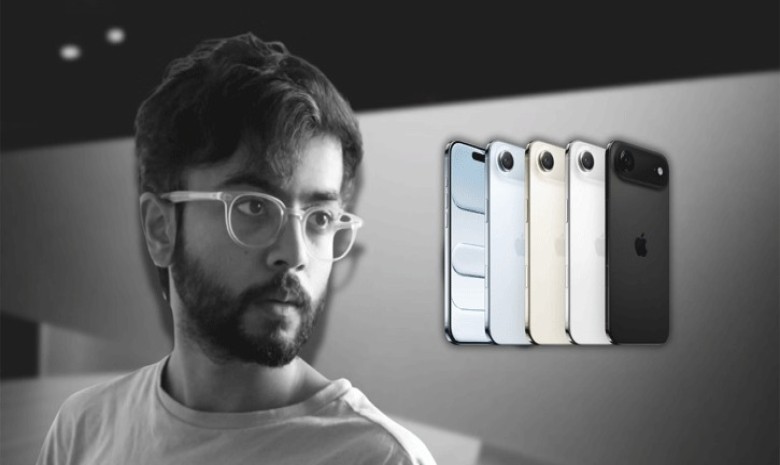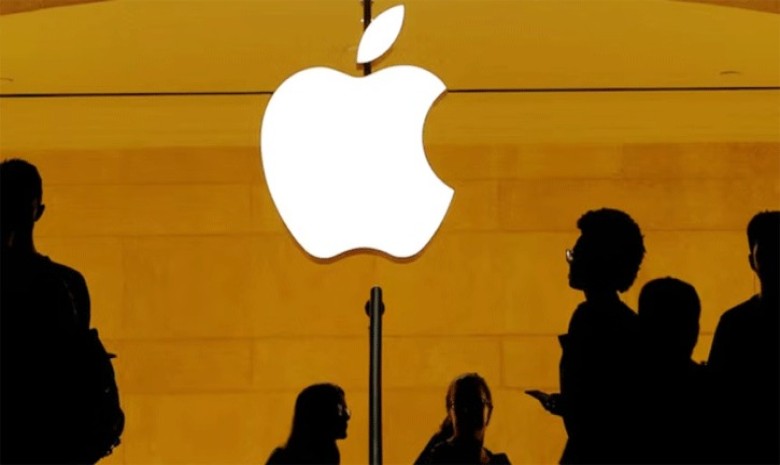The global smart TV market, valued at $227.52 billion at the end of 2024, is projected to nearly double to $451.26 billion by the end of 2030, according to a report by German-based market research firm Statista.
The forecast anticipates a compound annual growth rate (CAGR) of 12.8 percent over the next five years.
Television technology has come a long way since British scientist John Logie Baird invented the first TV in 1926. What began as a black-and-white device has evolved into today’s internet-enabled smart TVs, which allow users not only to watch traditional channels but also to access online services, applications, and gaming. Once dubbed the “idiot box,” television has transformed into an essential component of modern lifestyles, fuelling market growth.
Statista’s report highlights that the Asia-Pacific region led the global smart TV market last year, accounting for 39.1 percent of sales. The United States also experienced significant growth during the same period.
In terms of product categories, smart TVs with screens measuring 46 to 55 inches topped global sales, driven by their suitability for household use.
Manufacturers are consistently integrating advanced technologies into television sets. Alongside high-definition displays, smart TVs now offer voice and mobile phone control options.
Samsung’s latest models even feature gesture control technology, enabling users to change channels or adjust volume with hand movements instead of a remote.
Total views: 1103



























